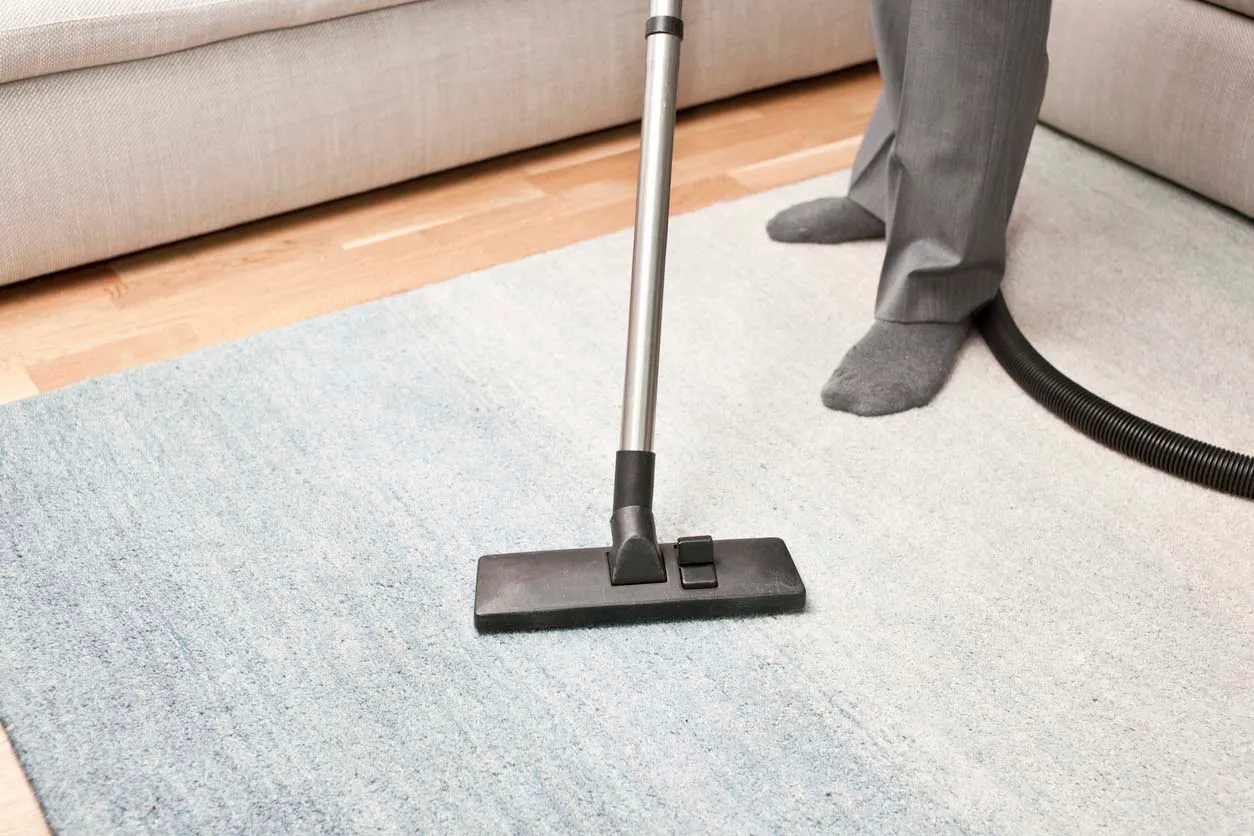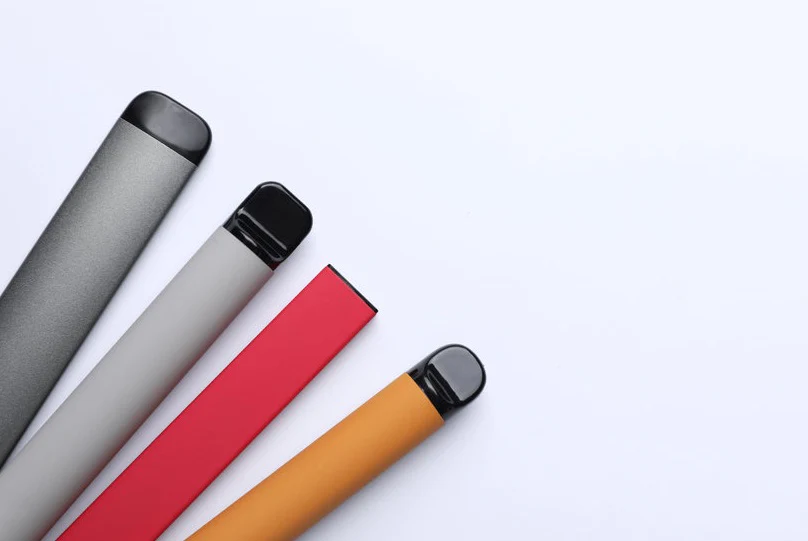When it comes to choosing between Central Vacuums and traditional vacuums, several factors come into play, including efficiency, convenience, cost, and overall impact on indoor air quality. Here’s a detailed comparison to help you decide which is better for your needs.
Suction Power and Efficiency
Central Vacuums: Central vacuums are renowned for their superior suction power. The central unit, which houses a more powerful motor than portable vacuum cleaners, provides consistent and robust suction throughout the home. This makes central vacuums highly efficient at deep-cleaning carpets, rugs, and hard floors.
Traditional Vacuums: Traditional vacuums vary in suction power, depending on the model and brand. While some high-end traditional vacuums offer strong suction, they generally do not match the power of central vacuum systems. Portable vacuums can also lose suction as the dust bag fills up or the filters become clogged.
Indoor Air Quality
Central Vacuums: One of the significant advantages of central vacuums is their positive impact on indoor air quality. Central vacuums vent dust and allergens outside the home, preventing recirculation of these particles into the air. This makes them an excellent choice for households with allergy sufferers or those concerned about maintaining clean indoor air.
Traditional Vacuums: Traditional vacuums often recirculate fine dust and allergens back into the living space through their exhaust, even if they are equipped with HEPA filters. This can compromise indoor air quality, especially in homes with pets or high dust levels.
Noise Levels
Central Vacuums: Central vacuums are significantly quieter during operation since the motor and dust collection unit are located away from living areas, typically in a garage or basement. This allows for quieter cleaning sessions, which is beneficial for households with young children or pets sensitive to noise.
Traditional Vacuums: Traditional vacuums can be quite noisy, particularly high-powered models. The noise can be disruptive, especially in small or multi-story homes where the vacuuming can be heard throughout the house.
Convenience and Mobility
Central Vacuums: Central vacuums offer great convenience as you only need to carry a lightweight hose and attachments from room to room. This is particularly advantageous for multi-story homes. The long hose can reach into tight spaces, making cleaning more efficient.
Traditional Vacuums: Traditional vacuums are portable and can be easily moved around the house. However, they can be cumbersome to carry up and down stairs and around furniture. Corded models also require frequent plugging and unplugging as you move from room to room.
Installation and Maintenance
Central Vacuums: Installing a central vacuum system can be a significant upfront investment and may require professional installation, especially in existing homes. Maintenance involves periodically emptying the dust canister or replacing the vacuum bag and cleaning or replacing filters.
Traditional Vacuums: Traditional vacuums are generally easier to set up and use right out of the box. Maintenance involves emptying the dust bin or replacing the bag and cleaning or replacing filters. Some models require more frequent maintenance than central vacuums.
Cost
Central Vacuums: Central vacuums have a higher initial cost, including the price of the unit and installation. However, they tend to have a longer lifespan and can add value to your home, offering long-term cost savings.
Traditional Vacuums: Traditional vacuums are more affordable upfront but may need to be replaced more frequently. High-end models can be expensive, and ongoing maintenance costs can add up over time.
Conclusion
Choosing between central vacuums and traditional vacuums depends on your specific needs and preferences. Central vacuums offer superior suction power, improved indoor air quality, and quieter operation, making them ideal for large homes or those with allergy concerns. However, they come with higher initial costs and installation requirements. Traditional vacuums are more affordable and portable, making them suitable for smaller homes or those seeking a simpler setup. Assessing your cleaning needs, budget, and long-term goals will help you determine which type of vacuum is better for you.



